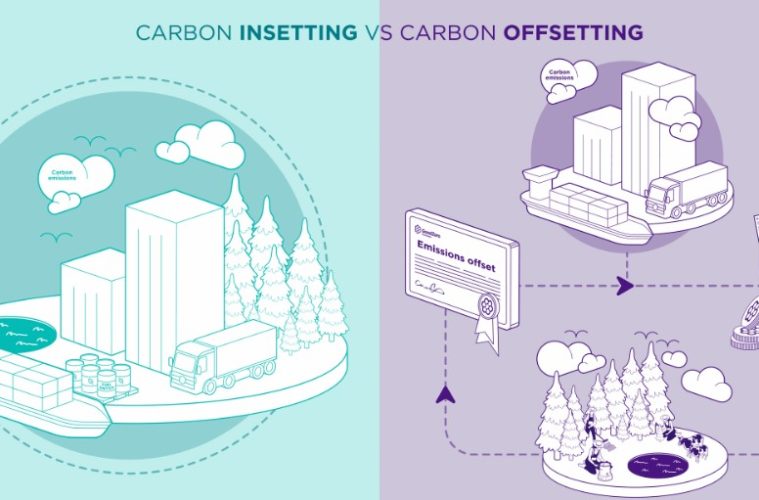Food companies are exploring the concept of “insetting” to reduce their indirect gas emissions. Unlike “offsets”, “sets” involve emission reduction projects financed directly within the companies’ supply chain. This approach allows for greater control and visibility over decarbonization efforts. Although costly, insetting can improve supply chain resilience to climate change. Companies are using insetting to build the resilience of their supply chain to climate shocks and improve communication with stakeholders. Companies like Nestlé and Carlsberg are investing in projects related to climate-resilient water and crops. However, implementation remains a challenge due to high costs and the need to quantify impacts to gain buy-in from stakeholders. Insetting can reduce agricultural emissions by 4 billion tons of CO2 per year, but its high cost could limit its adoption.
Insetting is a concept that involves reducing carbon emissions by investing in sustainability projects within a company’s supply chain. Unlike offsets, which involve the purchase of emission reduction credits from third-party projects, insetting focuses on initiatives that are directly managed and funded by the company itself. Insetting represents a proactive approach for companies looking to reduce their carbon footprint significantly. By integrating sustainability projects into their supply chain, they can not only improve their brand image, but also contribute to more sustainable agricultural practices and the resilience of their supply chain in the face of climate challenges.
Source : Bloomberg




